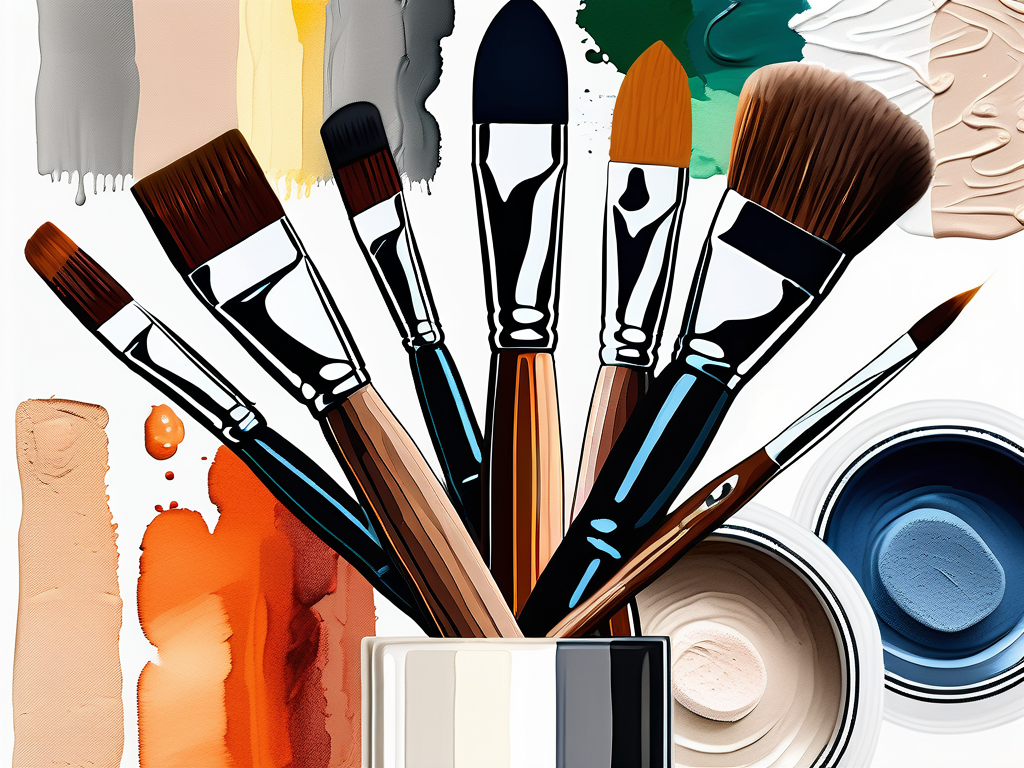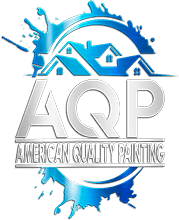Painting is an ever-evolving art form that reflects the changing tastes and technological advancements in our society. Professional painters today employ a rich tapestry of techniques, each with its unique characteristics and applications. In this article, we will explore the latest painting techniques being used in the industry, focusing on modern approaches, innovative tools, and the impact of the environment on these methods.
Understanding Modern Painting Techniques
Modern painting techniques are characterized by a blend of traditional skills and innovative practices. As artists strive to push boundaries, understanding these techniques has become essential for both professional painters and aspiring artists.
The Shift in Painting Trends
Over the past few decades, there has been a notable shift in painting trends. Artists are moving away from conventional methods and are increasingly embracing mixed media and experimental approaches. This transformation is fueled by a desire to convey more complex narratives and emotional depth in their work.
For instance, many painters are combining acrylics with other mediums like oil and watercolor to create unique blends and textures. This shift also encompasses a wider acceptance of abstraction, where traditional realism is often replaced with a more expressive, non-representational style. The influence of street art and graffiti has also seeped into mainstream painting, encouraging artists to adopt bolder colors and dynamic compositions that challenge the viewer’s perception.
Moreover, the resurgence of interest in environmental themes has led many artists to explore sustainable practices, using eco-friendly materials and techniques. This not only reflects a growing awareness of ecological issues but also invites a fresh perspective on the role of art in society. As artists experiment with natural pigments and recycled materials, they forge a deeper connection between their work and the world around them.
The Role of Technology in Painting Techniques
Technology has become an integral part of the painting process. Digital tools allow for greater experimentation and precision, enabling artists to visualize their ideas before applying them to the canvas. Software programs offer a range of features, such as color blending and texture simulation, helping artists refine their techniques.
Additionally, many contemporary artists use social media platforms to share their work and receive instant feedback. This interactive engagement fosters inspiration and collaboration among artists, further pushing the boundaries of traditional painting. Virtual reality (VR) and augmented reality (AR) are also emerging as exciting frontiers in the art world, allowing artists to create immersive experiences that engage viewers in entirely new ways. By integrating these technologies, artists can manipulate spatial dimensions and challenge the conventional flatness of the canvas, inviting audiences to step into their creative visions.
Furthermore, online art communities have blossomed, providing a space for artists to connect, critique, and collaborate across geographical boundaries. This democratization of art allows for diverse voices and styles to emerge, enriching the global art landscape. As artists share techniques and insights through video tutorials and live streams, they contribute to a collective knowledge that empowers both seasoned professionals and newcomers alike to explore their creative potential.
Innovative Tools and Equipment in Painting
The landscape of painting tools has dramatically changed in recent years. The introduction of advanced tools and equipment has revolutionized how artists approach their work, allowing for greater efficiency and precision.
The Impact of Advanced Tools on Painting Techniques
Advanced painting tools, such as airbrushes and spray guns, enable highly detailed applications that were once challenging to achieve with traditional brushes. These tools allow for smooth gradients and fine lines, essential for creating realistic effects in various painting styles.
Moreover, quality paintbrushes are now designed with innovative materials that enhance paint application and durability. Increased ergonomic designs have also made it easier for artists to work over extended periods without discomfort.
The Role of Equipment in Achieving Precision
Precision is paramount in modern painting, particularly in fields like mural painting and portraiture. Professional painters often employ laser levels and grid systems to ensure their designs are scaled accurately to their intended space.
Additionally, the use of masking techniques has transformed how artists create crisp lines and clear separations between colors. With high-quality tapes and masking fluids, painters can achieve intricate details that elevate their artwork.
Exploring Different Painting Techniques
Various painting techniques offer unique aesthetics and expressions, many of which have become popular among professional painters today.

The Art of Layering in Painting
Layering is a fundamental technique that involves applying multiple coats of paint to achieve depth and complexity. This method allows artists to create rich textures and variations in color.
By building up layers, painters can manipulate light and shadow, giving their artworks a three-dimensional effect. Artists often use glazing techniques, which involve applying a transparent color wash over dried paint, to add luminosity to their paintings.
The Technique of Glazing
Glazing involves the application of thin, transparent layers of paint to create depth. This technique is particularly effective in oil painting, where glazes can enhance the richness of colors and add a sense of realism.
Artists often use glazing to modify hues and achieve subtler transitions. The results can be stunning, with colors appearing to vibrate and glow from within, an effect that is hard to replicate with opaque painting methods.
The Use of Impasto in Modern Painting
Impasto is a technique where paint is laid on the canvas thickly, creating texture and dimension. This method invites viewers to engage with the artwork physically, as the raised surfaces reflect light in varying ways.
Many contemporary artists utilize impasto to express emotional intensity and movement within their pieces. By using palette knives or thick brushes, painters can create bold strokes and dramatic contrast, adding vigor to their compositions.
The Influence of Environment on Painting Techniques
The environment plays a significant role in shaping how and where artists paint. Outdoor conditions and interior spaces can influence the choice of materials and techniques.
Adapting Techniques for Outdoor Painting
Outdoor painting, or plein air painting, requires specific adaptations to tackle changing light and weather conditions. Artists must be fluid and ready to modify their techniques to capture fleeting moments.
Professional painters often use quicker-drying mediums when painting outside to prevent their work from smudging or changing as the light shifts. Understanding how natural elements interact with paint is crucial for achieving desired effects in landscape art.
Techniques for Indoor Painting
Indoor painting allows for more control over lighting and materials. This setting enables painters to experiment more freely without the variables of outdoor conditions.
Artists often rely on easels, controlled lighting, and ample space to create their indoor masterpieces. Techniques such as resin pours or detailed brushwork thrive in controlled environments, allowing for meticulous execution.
The Future of Painting Techniques
As we move forward, the world of painting will continue to evolve with new techniques, materials, and influences shaping the way artists create.
Predicted Trends in Painting Techniques
Future trends are likely to see a fusion of traditional practices with modern innovations. Artists may increasingly incorporate augmented reality and virtual reality into their creative processes, enabling interactive experiences that extend beyond the canvas.
Moreover, as global art communities connect through technology, cross-cultural influences will inspire new techniques and themes, enriching the tapestry of contemporary art.
The Role of Sustainability in Future Painting Techniques
Sustainability will play a crucial role in the future of painting techniques. Artists are becoming more conscious of their environmental impact and are seeking eco-friendly materials and methods.
From using non-toxic paints to exploring biodegradable canvases, sustainability in art practice is on the rise. Such initiatives not only benefit the environment but also serve as a compelling narrative that resonates with contemporary audiences.
In conclusion, the latest painting techniques employed by professional painters are a dynamic blend of tradition and innovation. By understanding these developments, artists can expand their creative potential and adapt to the ever-changing landscape of visual art.

